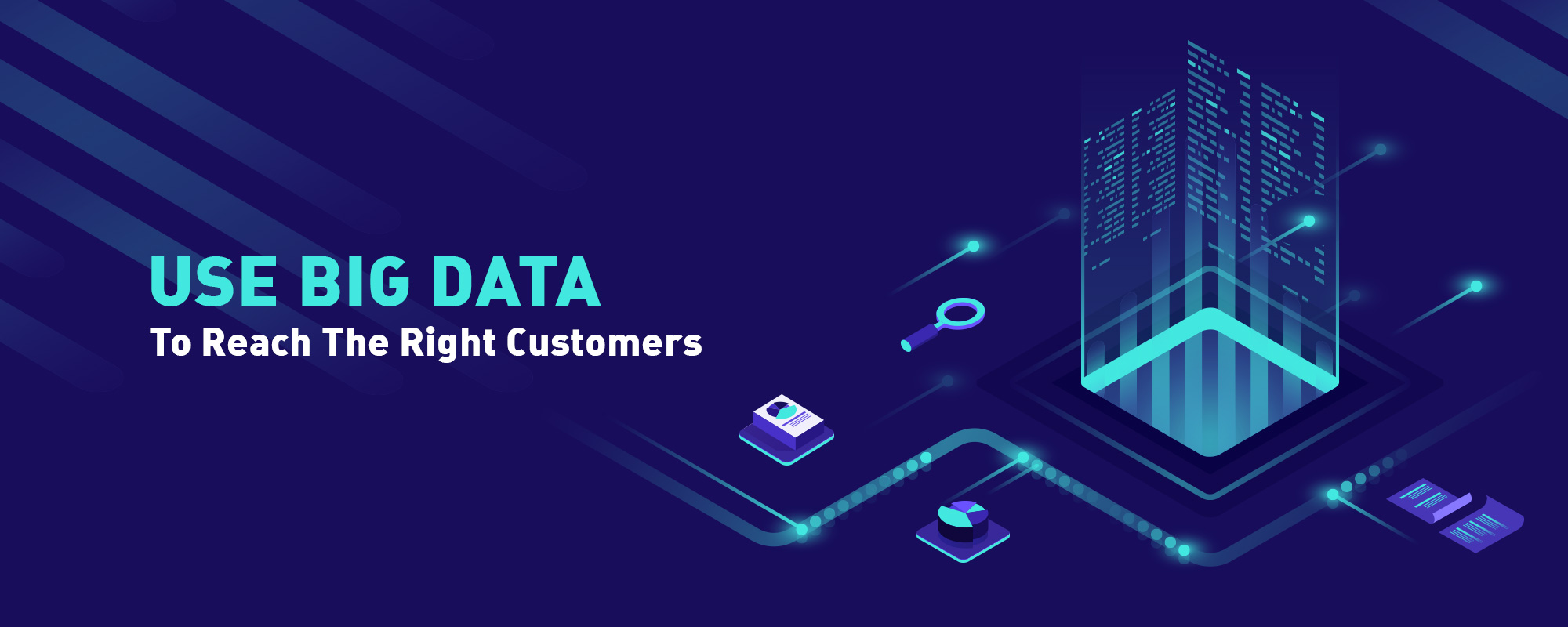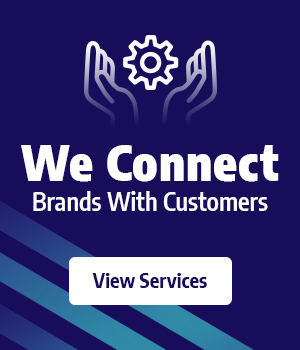Data is a fundamental part of any modern marketing strategy. Using audience generated data to gain insights is the bread and butter of the modern marketer’s arsenal.
A huge amount of data is generated around how audiences behave and the content they consume. Prospects and customers are providing this information, it’s up to you to understand how to turn these insights into a content marketing strategy that is powerful and effective.
Content marketing is a constant journey of growth, testing, and measurement. Big data is a fundamental part of this process. It can be used to gain insights into who is consuming your content and help you to determine the target audience. It will allow you to personalize content and optimize conversion. It can make you a predictive content marketer.
Know your audience, know your insights
This much data is powerful in the hands of a content marketer who knows how to use it. Content marketing is most effective when its audience is clear and the writer understands why the audience needs content.
Using datasets it is possible to understand the ideal audience for your content. There’s no point in producing content blind – you need to understand who your potential audience is.
Having some kind of data strategy in place to identify audiences will provide huge value to your content marketing strategy. If you can identify an audience that is interested in your products and services then your content can be the valuable middle ground between the two. For quantifiable results, you should know various metrics to measure content marketing success.
Examples of using data to find an audience
We’ve broken datasets into three main categories when using it to identify an audience. They are as follows:
Internal data
This is data you have collected internally on your audience. It is most likely collected from web analytics or data that is generated around email marketing activity. One of the most powerful tools for content marketers in terms of data generation is Google Analytics.
This is the key to understanding how your audience behaves when they are interacting with your content or your wider business. This is one of the most important data sets you can use to identify audiences.
Data is generated from every audience interaction. Every time your audiences engages with your brand this is valuable information and can be used to learn more about your audience.
Look past headline stats to identify where your audience is. This means going into detailed metrics such as time spent on specific pages and the number of pages per session.
Internal marketing data is a great way to understand your audience. It’s easily quantifiable and can help you to create highly precise audience personas.
Social data
A successful content marketing strategy should use social data to help to understand audiences and see what is engaging people.
There are solutions that can qualify this and help you to break down the huge amount of social data that is generated on a daily basis into valuable audience insights.
Alternatively, you can take a more manual approach. Identify which brands are generating high levels of engagement. See the brands that are generating a buzz and see the type of audiences that are engaging with these brands.
Other data sets
To understand audiences there is a wide range of solutions apart from the ones that are mentioned above. Finding the right data set to identify audiences that are right for your business in the challenge.
There are some tools that allow you to identify other sites that are in your niche and will provide detailed insights into their traffic and engagement.
For example, some businesses use data generated from surveys to inform their audience personas. Others can use vast insights generated from device movement to find new audiences for their content marketing.
Data-driven insights are unique to every business. Use a wide range of data sources to understand more about your audience, how they interact with your content.
Personalization and conversion
So you have identified an audience, but how to ensure that they actually receive your content? How can you be sure that they will engage with it?
Most conversion rate optimization hacks can help you get better ROI but using big data, you can boost conversions and provide high levels of personalization to your audience.
Marketers that are getting the most success with their content are using data to tailor content delivery. They are using audience insights to personalize content and this is generating more leads and driving a better conversion rate.
For content marketers there are three main ways that big data can help:
Using data to perfect content delivery
With the right type of data set it’s possible to personalize the content that you deliver to your audiences. Personalization drives conversion and engagement, incorporating it into your content marketing strategy is a powerful way to improve ROI.
If your audience chiefly consumes your content via an email newsletter then you need to ensure that you are providing personalization at every stage of the journey.
This means you need to combine the insights that you have gained from your data sets and use this to segment your audience. This will allow you to deliver more personalized content to your audiences, drive engagement and generate more leads.
Using data to provide dynamic content to audiences.
The smarter you get with data-driven content, the better the value for your audience. Creating content that is unique for different audience segments is a powerful way to drive personalization and improve results.
This can begin with a simple recommendation. When a user is finished reading your content you can suggest more content based on a combination of the user’s demographic and their observed behaviour. By incorporating data around the user’s browsing history on the site you can recommend content that is more likely to interest the reader.
To take this to the next level you can create completely customized content based on data from your audience. For example, you can use search data to understand which search terms users searched before landing on your site.
Using this information can allow you to personalize your content in an extremely powerful way. Your content can be changed based on if a visitor has been on your site before or if they have previously searched for a specific term before visiting your site.
Use data to boost conversions
Using site generated data with other demographic data can help you to understand where a user is on the conversion journey. Using data to create this flow is a crucial part of any content marketing strategy.
This allows you to see where conversion occurs. It helps you to identify areas where you are losing users.
Ensuring that the right content is delivered or recommended to audiences at different stages of the journey is a great way to boost conversions. You can use data around these stages to identify fast-trackable customers – ones that are ideal for conversion.
Prediction and content planning
Big data is a valuable asset in content planning. Being able to predict trends in your topic or niche is a powerful way to boost the success of your content marketing strategy.
A good place to start is to ensure that you are generating data from your site, your competitor’s sites and other similar sites that are in your niche/space. Sites like Ahrefs and Buzzsumo are great ways to achieve this. You can set up alerts and monitor many different metrics in a single place.
Your website data is something that is extremely valuable when planning future content. Looking at how your audience is behaving on your content is one of the best ways to understand what to plan next. For example, if you have an abnormally large drop-off rate at a certain point of the consumer journey then perhaps you need a fresh piece of content to move the customer along the marketing journey.
This is a case of trial and error. Every time a customer interacts with your content you will generate more data, and this will help to improve your content marketing strategy.
If you are situated in a wider industry then you can draw on other big data sets to understand your audiences and better predict which content will increase conversion and generate better ROI.
Many content marketers have had success in matching their audiences against third-party demographic solutions to create highly specific audience traits. These can begin with browsing history and can also include social, smart device data or even location data.
Bring Precision to Your Customer’s Journey From Awareness to Conversion
It’s an exciting time to be a content marketer. Big data has unlocked new ways of doing content marketing.
It’s now possible to make smarter decisions that will help to identify and understand audiences. Data can help to personalize content and understand the marketing journey. It can inform your strategy and help you to predict trends, allowing you to get ahead of the competition.
What are you waiting for?


Comments (2)
 Subarna
Subarna
 Meera Bhadran
Meera Bhadran
Thanks, this was super helpful Post!
I was pretty much curious as I saw this blog topic and eagerly read through it within no time. James, I must say that this blog is informative to every bit, providing insights from the basic to core levels. I am impressed by the way the content has been presented with sufficient knowledge to answer even the basic questions.Good day!!